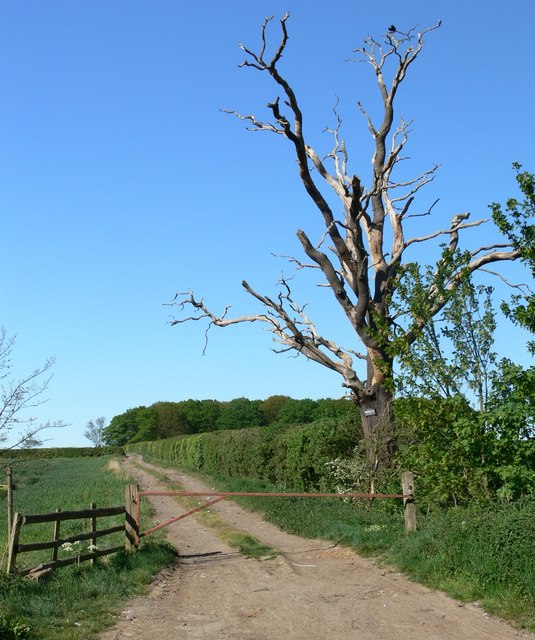Lubbesthorpe on:
[Wikipedia]
[Google]
[Amazon]
 Lubbesthorpe is a hamlet and
Lubbesthorpe is a hamlet and
Lubbesthorpe
Lubbesthorpe In 1302 there was a
Plans for 4,250-home estate plan in Lubbesthorpe approvedNew Lubbesthorpe Design Access Statement
/ref>
 Lubbesthorpe is a hamlet and
Lubbesthorpe is a hamlet and parish
A parish is a territorial entity in many Christian denominations, constituting a division within a diocese. A parish is under the pastoral care and clerical jurisdiction of a priest, often termed a parish priest, who might be assisted by one or m ...
in the district of Blaby within Enderby on the outskirts of Leicester, on the west side of the M1 motorway
The M1 motorway connects London to Leeds, where it joins the A1(M) near Aberford, to connect to Newcastle. It was the first inter-urban motorway to be completed in the UK; the first motorway in the country was the Preston By-pass, which lat ...
and the River Soar
The River Soar () is a major tributary of the River Trent in the English East Midlands and is the principal river of Leicestershire. The source of the river is midway between Hinckley and Lutterworth. The river then flows north through Leicest ...
.GENUKILubbesthorpe
Name
The name is said to mean "Lubba'sThorp
''Thorp'' is a Middle English word for a hamlet or small village.
Etymology
The name can either come from Old Norse ''þorp'' (also ''thorp''), or from Old English (Anglo-Saxon) ''þrop''. There are many place names in England with the suffi ...
e", i.e. a small settlement belonging to Lubba, an Old Danish
The Danish language developed during the Middle Ages out of Old East Norse, the common predecessor of Danish and Swedish. It was a late form of common Old Norse. The Danish philologist Johannes Brøndum-Nielsen divided the history of Danish into ...
name.W. G. Hoskins (1935) Leicestershire Archaeological Society vol XVIII part 2 page 143 "The Anglian and Scandinavian Settlement of Leicestershire" It has been spelled as Lubbesthorpe.
History
It was listed in the ''Domesday Book
Domesday Book () – the Middle English spelling of "Doomsday Book" – is a manuscript record of the "Great Survey" of much of England and parts of Wales completed in 1086 by order of King William I, known as William the Conqueror. The manusc ...
'' as a group of nine households.Open Domesday BookLubbesthorpe In 1302 there was a
chantry
A chantry is an ecclesiastical term that may have either of two related meanings:
# a chantry service, a Christian liturgy of prayers for the dead, which historically was an obiit, or
# a chantry chapel, a building on private land, or an area in ...
chapel, founded by Roger la Zouch
Sir Roger la Zouch was the instigator of the murder of Roger de Beler and also MP for Leicestershire in 1324, 1331 and 1337 and Sheriff of Warwickshire and Leicestershire during the 1330s.
Ancestry
Roger was the son of Roger la Zouch, Lord of ...
, and in about 1534 a manor house
A manor house was historically the main residence of the lord of the manor. The house formed the administrative centre of a manor in the European feudal system; within its great hall were held the lord's manorial courts, communal meals w ...
(described as "a very faire and gallant house") built by the Earl of Huntingdon
Earl of Huntingdon is a title which has been created several times in the Peerage of England. The medieval title (1065 creation) was associated with the ruling house of Scotland (David I of Scotland, David of Scotland).
The seventh and most rec ...
.I. S. Leadam (1891) Notes And Queries 7, XI pp 481-2 By 1810 these were both ruins and the stone was being removed for road mending. In 1872 the hamlet, belonging to the Duke of Rutland
Duke of Rutland is a title in the Peerage of England, named after Rutland, a county in the East Midlands of England. Earldoms named after Rutland have been created three times; the ninth earl of the third creation was made duke in 1703, in who ...
, had a population of 64; this rose to 118 in 1921.
It was established as a full civil parish in 1866, with various additions and removals changing its area afterward.
Current
The current houses are a little away from the medieval settlement, the remains of which are now aScheduled Ancient Monument
In the United Kingdom, a scheduled monument is a nationally important archaeological site or historic building, given protection against unauthorised change.
The various pieces of legislation that legally protect heritage assets from damage and d ...
. (A rabbit
Rabbits, also known as bunnies or bunny rabbits, are small mammals in the family Leporidae (which also contains the hares) of the order Lagomorpha (which also contains the pikas). ''Oryctolagus cuniculus'' includes the European rabbit speci ...
warren here is also a Scheduled Ancient Monument.)
A new housing estate of 4,250 homes is planned, informally known as New Lubbesthorpe.''Leicester Mercury'' 15 Jan 2014Plans for 4,250-home estate plan in Lubbesthorpe approvedNew Lubbesthorpe Design Access Statement
/ref>
References
{{coord, 52.6055, -1.2006, type:city_region:GB, display=title Civil parishes in Leicestershire Hamlets in Leicestershire Blaby